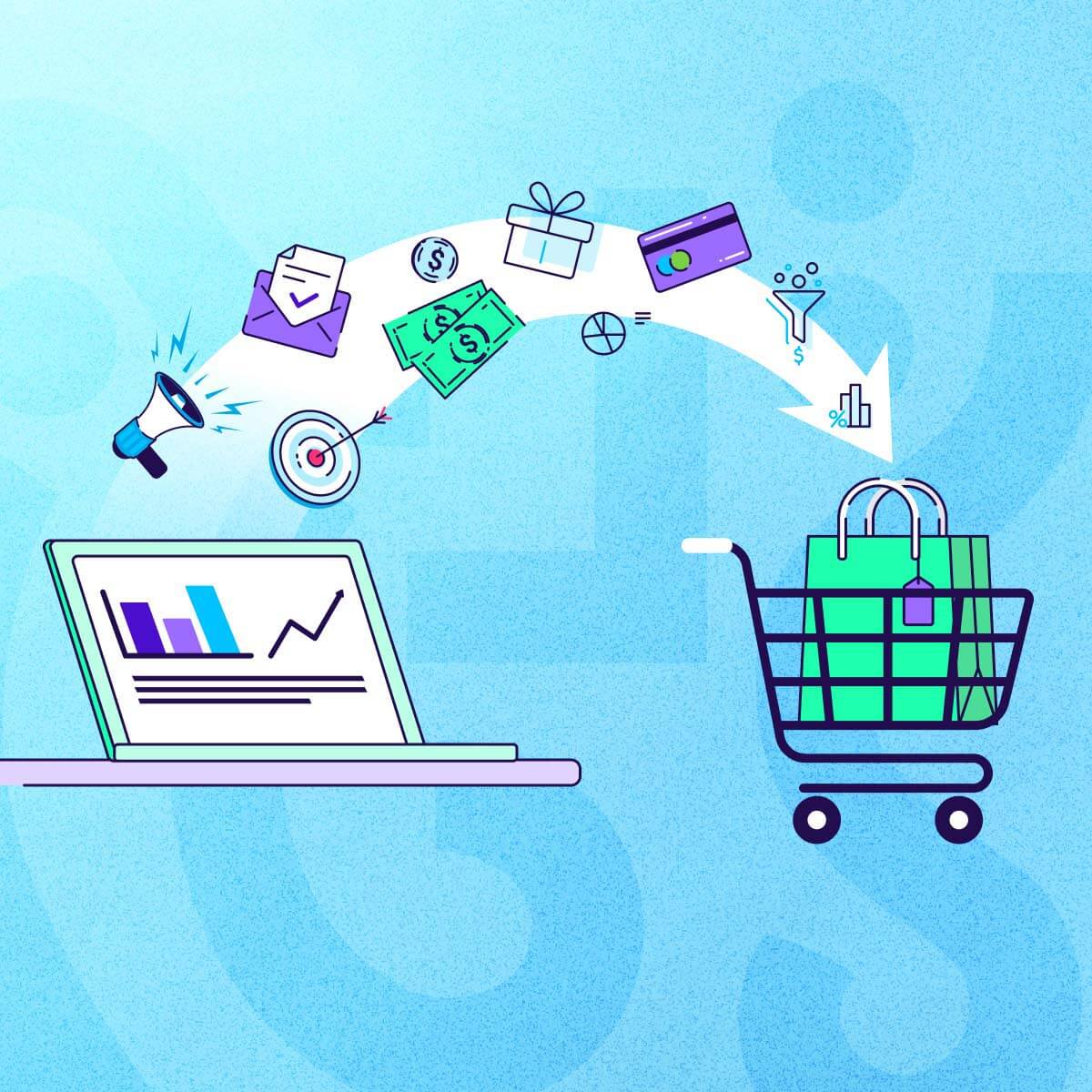
Data collaboration: The privacy-compliant key to understanding your audience and making data-based decisions
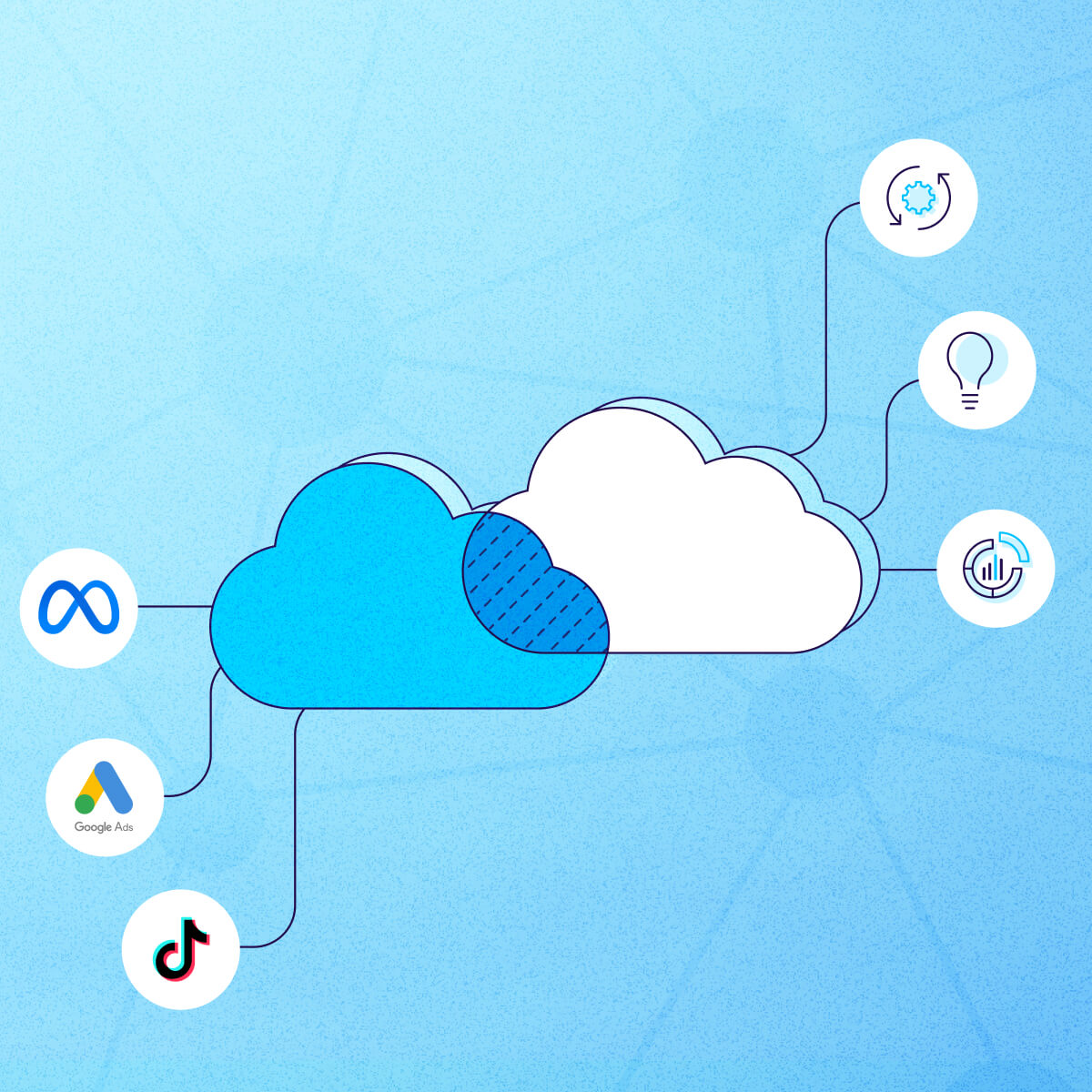
83% of CEOs want their companies to be data-driven, yet only half say they have an enterprise strategy for managing and extracting value from data.
This disconnect stems from internal and external silos that keep you from getting the whole picture of your data. Internally, most companies lack platforms and guidelines for storing and sharing data across teams.
Externally, your data is stored in walled gardens that don’t talk to each other. What’s more, changing privacy regulations mean that companies have more data blind spots than ever before and can no longer rely on third-party cookies in the future.
That’s where data collaboration comes into play. When you collaborate effectively, you empower your team to make data-backed decisions that grow your business.
What is data collaboration?

Data collaboration is an approach to working with data from various sources in a controlled, connected environment.
Many people use “data collaboration” and “data sharing” interchangeably, but there’s a difference between the terms. Data sharing means giving access or a copy of a data set to another business, while data collaboration is a strategy and process for cleaning, integrating, and managing access to data sets.
Data collaboration, when done correctly, can ensure that businesses can work together on a dataset, without either side becoming exposed to sensitive or first-party details.
Data collaboration examples
Here are several ways that marketers use data collaboration to optimize advertising efforts, reach the right audience, attribute campaign performance, and improve marketing effectiveness.
- Data clean rooms. Marketers can use a data clean room to collaborate on data analysis while maintaining privacy and compliance. For instance, multiple brands can add their first-party data to a data collaboration platform that’s powered by data clean room technology. This enables them to analyze cross-platform audience overlap or measure campaign performance, without exposing user-level details.
- Audience segmentation. This is when advertisers work with networks, such as retail or commerce media networks, to share audience insights and segment specific demographics or characteristics. For example, an eCommerce retail media network may partner with a gaming brand to target users who have shown interest in similar products.
- Data co-ops. Advertisers participate in data cooperatives, or co-ops, where they pool their first-party data with other advertisers or partners to gain collective insights or enhance targeting capabilities. This collaboration means advertisers can use shared data resources to improve their advertising strategies and achieve better results.
Real use case
A leading cosmetics brand needed to grow their sales and was looking for effective ways to reach high-value customers. However, they had maximized the potential of their limited first-party data on their paid advertising campaigns. They now needed a targeted and structured solution to further their reach.
The cosmetics brand decided to explore advertising with commerce media networks, and partnered with a leading pharmacy chain to use their onsite (owned) and offsite (third-party) channels for growth.
While both brands recognized the value of this collaboration, concerns over data sharing meant they struggled to advance audience segmentation. As well as regulatory rules on data sharing, exposing first-party data can have crippling consequences if it falls into the hands of competitors. These factors were limiting the cosmetics brand’s growth potential, as they were unable to build the right audience for their campaigns.
Solution
To meet this challenge, the cosmetics brand and pharmacy chain partnered with the AppsFlyer Data Collaboration Platform. AppsFlyer’s focus is to facilitate collaboration that powers growth, and this platform enables precision segmentation.
AppsFlyer’s platform is powered by a data clean room that has received industry-leading recognition via the IDC and IAB — giving both parties confidence that all first-party information would be kept private and secure. This was particularly important for the cosmetics brand, which has limited data, when working with the pharmacy chain, which has over 50 million records of active customers on file.
Given this new trusted environment for collaboration, the companies focused on the challenge of segmenting potential buyers that are critical to the cosmetics brand’s key metrics. The result was a six-fold increase in conversions.
What are the benefits of data collaboration?

Data collaboration means better campaign segmentation, attribution, customer experience, and data-based decision-making.
1. More accurate data and attribution
Most marketing teams lack depth and breadth of data, giving them an incomplete picture of their demographics and customer behavior. With data collaboration, marketers can analyze their audience’s behavior from first touch to conversion.
2. Better segmentation and customer experience
When you have an omnichannel picture of your customers, you can serve them content that meets their needs and desires. For example, when a customer has already viewed your website or completed a demo, you can serve them conversion-focused retargeting ads because you know they’re at the bottom of the funnel instead of the top.
This also leads to a better experience for potential customers – targeted ads mean more relevant content.
3. Improved decision-making
Getting the full picture of your data means having the evidence you need to make data-based business decisions. A study by Tableau found that data-driven companies enjoy higher customer acquisition, better employee retention, and faster time to market.
In marketing, you can use past performance data and predictive analytics to develop the budgets and creatives that will drive the most impact.
4. Better compliance
Changing privacy restrictions are a major concern for companies. Penalties are steep for violating GDPR and similar laws. By setting standards and data governance for collaboration, you lower your liability and safeguard your business.
5. Deeper partnerships
When companies collaborate, they help each other gain macroeconomic insights, like the size of their market and the characteristics of current and potential customers. One example could be brands and retail media networks participating in data collaboration.
At enterprise companies, partnerships between departments can deepen working relationships and data.
What is a data collaboration platform?
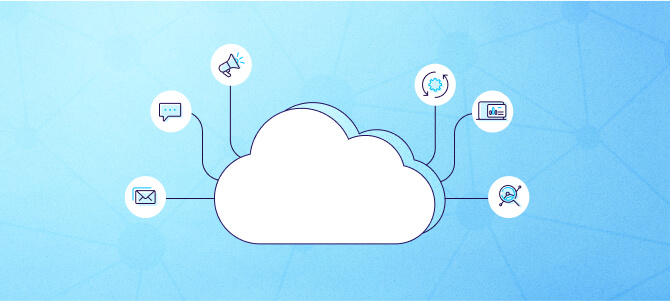
A data collaboration platform is a solution that helps advertisers, publishers, ad networks, and other stakeholders to provide, integrate, and analyze both first-party and third-party data. These platforms provide an environment where participants can collaborate on data-driven initiatives while maintaining privacy, data security, and regulatory compliance.
This differs slightly from a data clean room, a highly secure and privacy-compliant environment for sharing, enriching, and analyzing sensitive first-party data. A data collaboration platform may use a data clean room to ensure data is provided securely, without exposing user-level details. However, platforms offer a broader range of use cases, including audience activation and closed-loop measurement.
What to look for in a data collaboration platform
The best data collaboration platforms prioritize cybersecurity, privacy compliance, and access control to keep your data safe. When considering a data collaboration platform, look for one that:
- Runs on award-winning, privacy-enhancing technologies such as k-anonymity and a data clean room
- Is compatible with the tools and platforms you already use
- Uses rich audience-building tools to segment audiences
- Is scalable for your business needs, while offering detailed permissions
- Provides closed-loop, omnichannel measurement
Best practices for data collaboration between two businesses
Collaborating with another company brings a fresh set of challenges and opportunities, for instance, a brand establishing a data collaboration with a commerce media network. Follow these best practices to safeguard your customers’ data and get the most out of your data collaboration.
1. Trusted and neutral environment for controlled collaboration
Creating a neutral, safe environment for collaboration is crucial. Your collaboration platform should facilitate a data clean room with top-of-the-line PETs (privacy enhancing technology). PETs include technology for data encryption, data minimization, and access control.
This way, both parties can rest assured that they’re not exposing proprietary business information, and that they’re protecting customer data in line with international data regulations.
2. Seamless integration and cloud-agnostic for flexibility
Your data sources come from all different platforms and data types – add in another company, and you add even more data formats to the mix. You need a cloud-agnostic collaboration platform to reformat and integrate your data without the headache of doing it yourself.
3. Rich audience-building tools for advanced segmentation, according to business goals
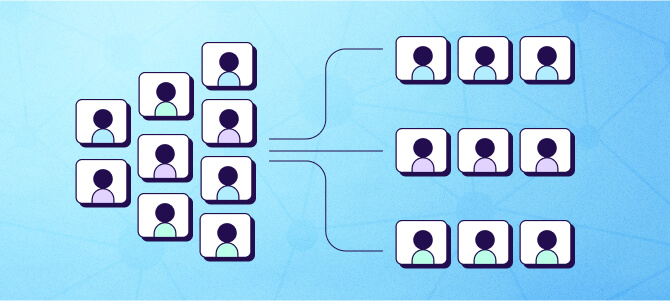
One of the biggest benefits of data collaboration is the ability to build and segment different audiences. For example, you could focus one ad campaign on new users and another one on customers who have already visited your website. You could create a third segment for customers who have bought a similar app or product online (thanks to data from external partners).
With AppsFlyer’s data collaboration capabilities, you can segment dynamic audiences, build remarketing campaigns, and measure campaign results for each audience with unparalleled flexibility.
4. Agile audience activation
Agile audience activation is another important practice when collaborating with external data sources. You can gain a competitive edge by activating audiences on-site and off-site based on real-time insights, serving up the right message at the right time for the biggest impact.
5. Built-in and advanced measurement capabilities
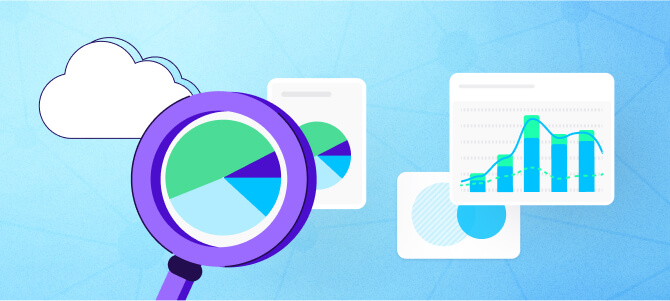
Above all, data collaboration unlocks the insights you need to make better business decisions. With these insights, you can cut costs, boost conversions, and grow your marketing ROI.
Choose a platform that can measure results across all the platforms you use – including walled gardens, such as Meta, Google Ads, or Apple, as well as across commerce media networks. Measure multi-touch attribution across customer journeys with advanced analytics, SEO attribution, and predictive analytics to get the full picture of your impact.
Best practices for internal data collaboration
Ready to get started with data collaboration? Convincing people to collaborate across silos isn’t always easy. Neither is configuring the technical aspects of data collaboration, but there are many resources to help.
Follow these steps and best practices to launch or improve your data collaboration initiative.
1. Set clear goals
Before you start, define clear objectives and key performance indicators (KPIs) that align with your organization’s overall advertising strategy.
Whether it’s improving audience targeting, enhancing campaign performance, or optimizing ad spend, setting specific goals will guide your data collaboration efforts forward. These are the levers you can pull to convince others to share their data, and the touchstones you can point back to for analysis.
2. Manage stakeholders
Managing stakeholders should be your number-one task to make your data collaboration a success.
First, recruit a senior leader to champion your data collaboration initiative across silos. Engage stakeholders from across departments, including marketing, sales, IT, and data analytics, to ensure buy-in and alignment with your plans. Gather stakeholder input and feedback, and involve them throughout the implementation process to foster collaboration and ownership.
3. Consider data security and other factors

Next, choose a data collaboration tool that fits your needs. Consider factors such as data security, scalability, ease of use, and interoperability with existing systems. Look for platforms that offer robust features for data integration, analysis, and collaboration, while prioritizing privacy and regulatory compliance.
4. Deliver value
Data collaboration isn’t knowledge just for the sake of knowledge. To maintain collaboration, make sure you’re delivering on KPIs and tracking the value of the insights you glean. For instance, have you saved admin time by creating a centralized database? Track and communicate your impact over time.
Future trends in data collaboration

Data collaboration in advertising is an evolving field and has several significant changes on the horizon. Here are five trends to keep an eye on that are in development – or are already here.
1. AI for data analysis
AI and machine learning technologies will play a huge role in optimizing data collaboration processes. They can automate data matching, cleansing, and analysis tasks, and enable more efficient collaboration and faster insight generation. Additionally, AI-powered algorithms can identify patterns and trends in large datasets, delivering powerful insights.
Effective reach and frequency reporting are crucial in optimizing advertising campaigns to ensure that the right message reaches the right audience with the appropriate frequency. This process provides detailed insights that help brands understand how many people are viewing their ads and how often.
AppsFlyer harnesses the power of AI to elevate data exploration in its platform. For instance, users can ask the chat tool for insights like the number of customers converted from a specific campaign on a particular day. AppsFlyer translates that free-form question into code to pull the data requested. These AI-powered features deliver valuable insights into campaign performance and customer engagement.
2. Cookie depreciation
The online advertising industry is facing significant challenges with Google phasing out third-party cookies for advertising. Google’s response to this has been to create the Chrome Privacy Sandbox. However, experts worry about Sandbox’s effectiveness and business impact.
Many essential use cases, such as lookalike modeling, competitive separation, and audience creation either aren’t supported or have been degraded, making data collaboration and analysis difficult. While Google works on improvements to Privacy Sandbox, advertisers are in a period of adjustment to the new privacy-centric mode.
3. Federated data collaboration
Federated data collaboration allows organizations to collaborate on data without centrally pooling or sharing it. Instead, platforms perform local analysis on each participant’s data, sharing only aggregated results that preserve users’ data privacy and security. This option is attractive for industries with strict regulatory requirements, such as healthcare and finance.
4. Privacy-preserving technologies
As privacy regulations evolve and consumers become more conscious of their data privacy, demand is growing for privacy-enhancing technologies in data collaboration processes.
Companies like AppsFlyer are developing privacy-preserving technologies that let users protect the privacy of the personally identifiable information they share with service providers or apps, while allowing marketers to maintain the functionality of data-driven systems.
5. Data lakes
A data lake is a centralized hub created to manage, process, and safeguard extensive volumes of structured, semi-structured, and unstructured data. Data lakes retain raw data in its original format, overcoming challenges such as data compatibility and size.
Key takeaways
- Industry-wide changes pose obstacles to getting the full picture of your customers. Internal barriers include the lack of platforms and guidelines for data sharing across teams. Meanwhile, external challenges arise from disparate data sources that don’t communicate with each other.
- Two-way data collaboration is a solution to bridge these gaps, empowering teams in making data-backed decisions that drive business growth.
- The benefits of data collaboration include better campaign attribution, targeting, customer experience, and decision-making. It also helps businesses comply with privacy regulations and foster deeper partnerships among stakeholders.
- A data collaboration platform is a secure environment where partners can provide, integrate, and analyze customer data in a compliant, privacy-safe way. The platform may use a data clean room to provide the data safely and without exposing user details.
- Best practices for data collaboration between companies include using a trusted and neutral environment with seamless integration. You should also look for rich audience-building tools, agile audience activation, and advanced measurement capabilities.
- To introduce data collaboration at your company, set clear goals, manage stakeholders, and choose the best data collaboration platform for your needs. And don’t forget to track and communicate your impact.
- Future trends in data collaboration have the power to drive value for businesses, including AI-generated analysis and insights, federated data collaboration, data lakes, and privacy-preserving technologies.


